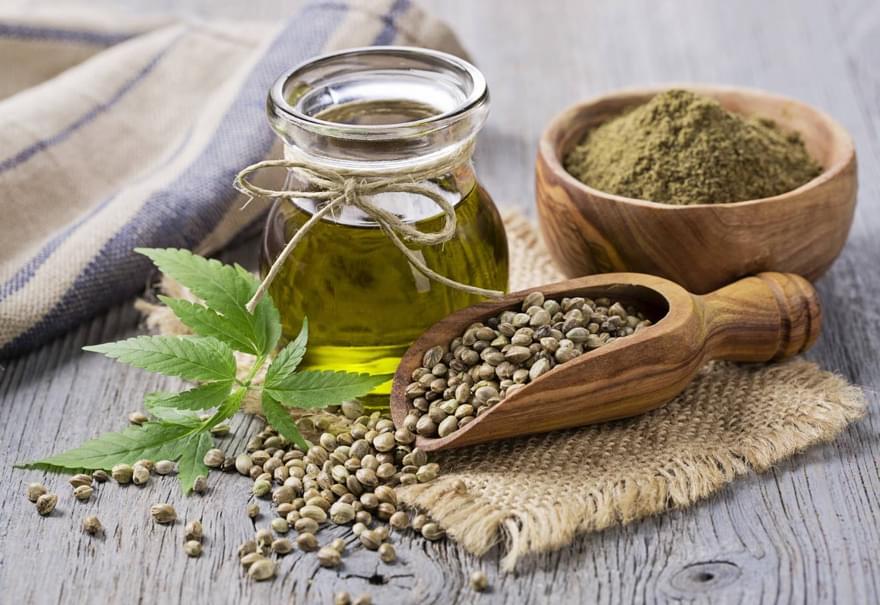
Hemp Seed - A Powerhouse of Health for Your Dog
Guest Blog: Anna Webb
Hemp seed and hemp seed oil are a powerhouse of health that's good for the planet, biodiversity and your dog. Find out why here.
Guest Blog: Dr Conor Brady
Your pet needs a great variety of nutrients on a daily basis. The problem is, we're not quite sure exactly what and when. Many things affect that need – quality of food items used, exercise levels, stress, disease and various environmental factors.
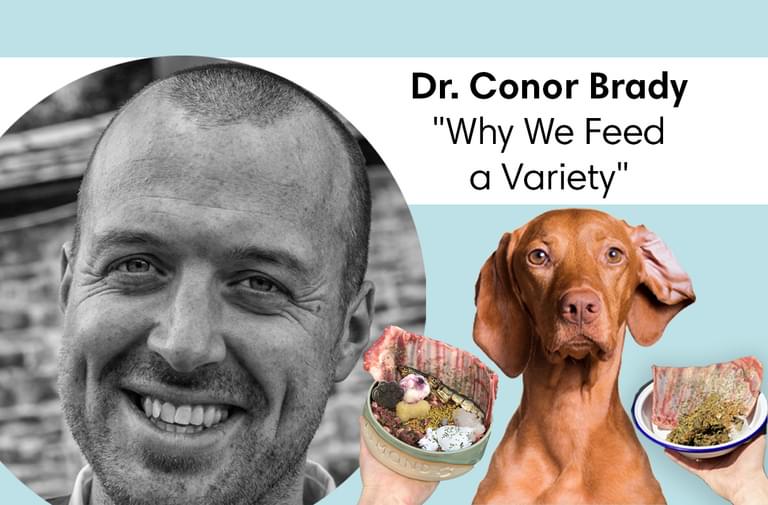
Your pet needs a great variety of nutrients on a daily basis. The problem is, we're not quite sure exactly what and when. Many things affect that need – quality of food items used, exercise levels, stress, disease and various environmental factors. On top of all this, every animal is different. Everyone has that annoying skinny friend with a fast metabolism who can eat what they like. We hate them. It's impossible to account for all these things with one magic food product (the same one every meal, every day....?!).
This is one of the major reasons there's no such thing as “complete” food but there are many more.
Behind the definition is the “AAFCO minimum nutritional guidelines”. AAFCO (the American Association of Feed Control Officials) was initially the NRC (Nutrient Research Council) who were initially brought in to get pet food up off the floor. And they did, thankfully, via some new minimum (must not contain less than) nutritional guidelines. Unfortunately, today, AAFCO have become little more than a bunch of pet food producers looking after pet food producers (See https://dogsfirst.ie/the-pet-f...)
The nutritional guidelines for pet food has major problems, including the fact it concerns itself only with industrial vitamins and minerals (from a conical flask) which cannot compare to the nutrients found normally in nature (that is, chelated or bound to a protein, the way the gut likes them). For example, a dog must consume ten times the amount of zinc or iron oxide to get it's zinc hit, hence raw manufacturers can, or at least should, be able to use so much less of it as theirs comes from food. It's the same with all minerals and some vitamins.
Nor does it end there. The guidelines talk about minimum protein, not optimum. However, bar a dry pet food producer interested in making the most money possible, which of us pet owners care about the minimum of anything?!
Furthermore, many of the minimum (and maximum) mineral assumptions in dogs are based on pigs and as we have no data on puppies, we just say they need the same for most things!
To top it all off, with nobody in place checking on their nutritional claims, studies reveal pet food companies are not even adhering to these minimum guidelines:
Studies show 94% of UK’s “complete” canned pet foods and 61% of their “complete” dry pet foods failed to meet the minimum nutritional standards of AAFCO, despite stating they did.
(See https://dogsfirst.ie/complete-...)
It's a total car crash, an illusion to keep you and your vet feeling protected, a gimmick of the dry pet food industry that exploited our never insatiable need for laziness, a crappy fabrication that the raw sector now finds itself having to (very begrudgingly) fall in line with. It's either write “complete” on the label or “complementary”, which would scare off clients.
The dry pet food industry may rally at this point, saying they are backed by food trials which, they claim, “prove” completeness but these trials are conducted by pet food manufacturers.... sometimes (they don't have to, they can actually say as their product looks so much like someone else's, they don't need to!). And boy do these trials too have glaring issues, including:
Make it through that rigorous exam and your food is suitable for lifetime feeding!!! Crazy, isn't it?
So, there is no such thing as the word “complete”. The closest these companies ever came to making something like a complete food for humans was baby formula, and they failed. Are we to believe they achieved it in dogs? Most surely not.
Virtually all pet foods contain unsubstantiated claims for safety, completeness and balance that no human food in the world would ever be able to.
The truth is we haven’t a clue how much of which nutrient we need ourselves, let alone how much we're getting. If I asked you how much calcium your child needs, would you know? Would you know what they actually absorbed last week? Of course you don’t. Dogs are not more or less important (or complicated) than kids! They just have a meatier food pyramid.
In the real world, we are concerned about optimum nutrition, that is why I recommend raw. Nothing compares to fresh nutrients. Your body gets so much more out of them. No, we're not fully sure what the nutrient content of the meat pieces we select are, they depend greatly on how the animal reared (with organic, naturally-fed animal flesh being the most nutritious). What we do know is that the dog is a whole prey eater, a scavenging carnivore that will eat literally anything with a face. We have an idea of the dog's food pyramid (or pie chart?!) looks like and we do our best to provide that.
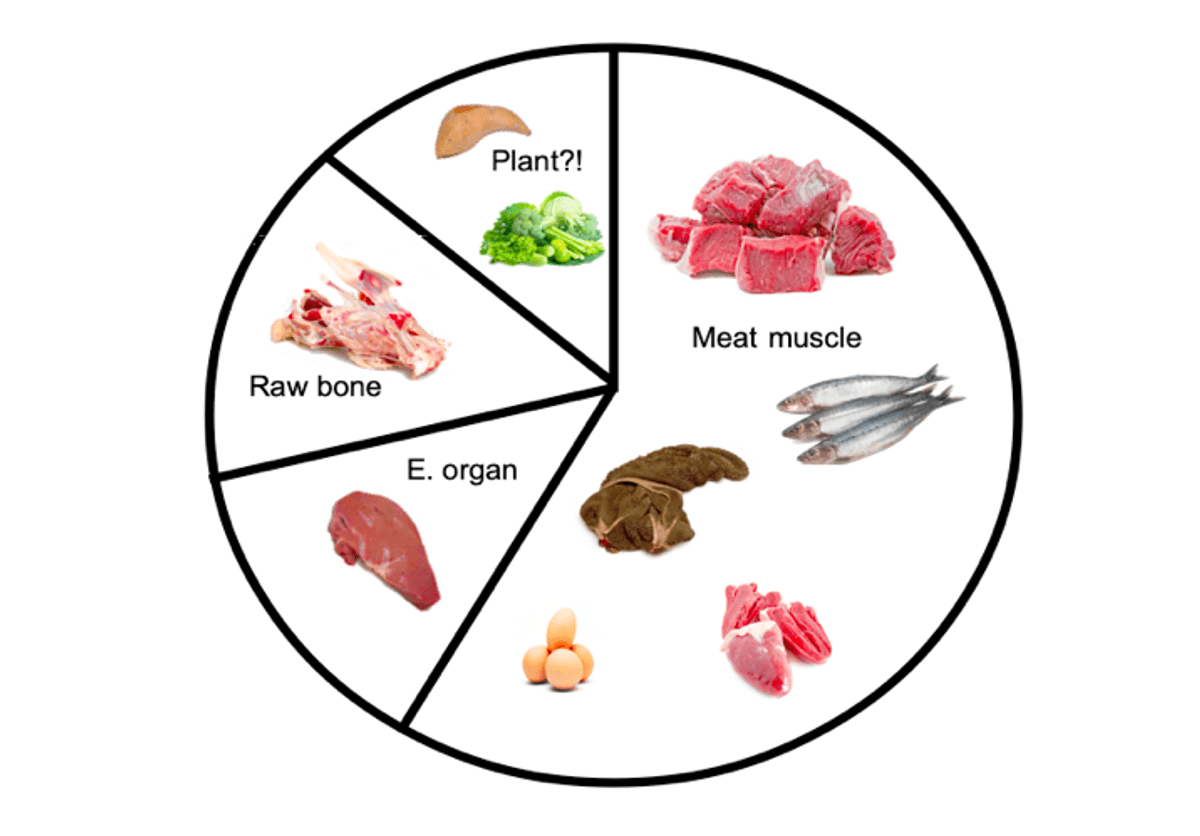
A dog food pie chart featuring; meat muscle, excreting organs, raw bone and plants.
But Conor, that doesn't sound very scientific! No, in fairness it doesn't but take solace from the fact lots of us are getting it a bit wrong. The latest World Health Organisation reports show that only 11% of Americans consumed their RDA of fibre, only 5% consumed enough potassium and most fall short in vitamins A, C and D as well as calcium and iron. Essentially, all the stuff you get from fresh fruit and vegetables. At the same time, they were overeating in fat (guess where that’s coming from). And still, no multinational has thought to produce a nutritious ‘complete’ food for us? I think I’ve spotted a gap in the market!!
The key to achieving true balance in nutrition is variety. Mixing it up. No one meat ingredient has it all. The below is adapted from my book Feeding Dogs (https://www.amazon.co.uk/Feedi...):
Meat muscle meets all the dog’s and cat’s protein requirements but if they need some taurine, they are expected to seek out those animals, or at least those parts of animals, that provide more of it. In the case of taurine you would favour red meats over white (hence the name taurine, from the bull) but would do well to remember both rabbit and lamb are not fantastic sources!!! Fresh cartilage supplies them with glucosamine, chondroitin, collagen, hyaluronic acid, glucagon, gluthianone, vitamin C and all the other bits and pieces they need to build their own joints. If they need vitamin A, they might eat more liver. Fresh bone provides all their calcium but also a whole swathe of minerals that are harder to find when you’re a meat-eater, including zinc, copper, selenium, etc. Poorly digested items such as hair, hide, skin, nails and bone are known to play a role in carnivore digestion. Even blood is deeply nutritious (it's the nutrient superhighway after all). We know haemoglobin, the red protein in blood, contains biologically active peptides with an affinity for opioid receptors in carnivores...
Organ meats deserve a special mention here. We know phytochemicals (from plants) can bioaccumulate in various parts of the prey animal, depending on the food they are eating. We further know that animals (from carnivores to birds to insect and even herbivores...) will select, not only the prey that contain the ingredients they need, but the parts of the prey where that ingredient is (e.g. deer nibbling the legs of baby birds they find).
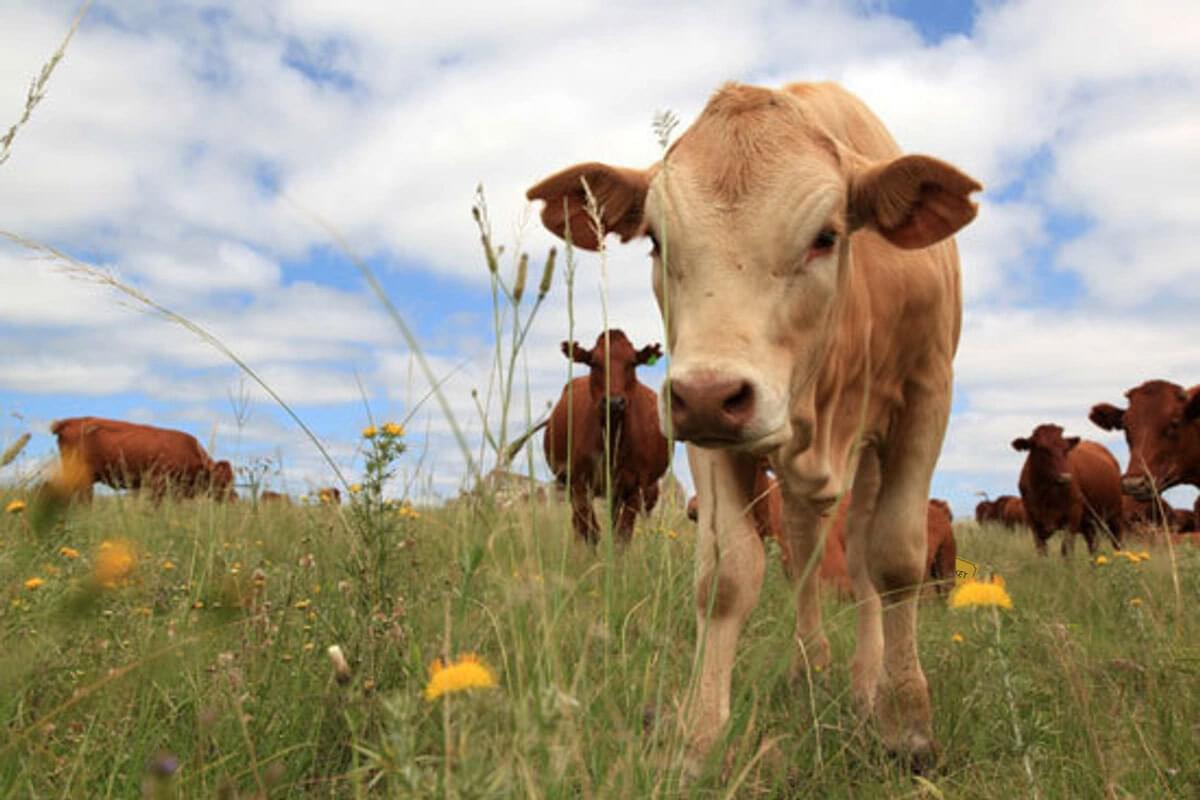
Organ meat is highly nutritious. Each is potentially host to a cacophony of vital chemical compounds, many unique to that organ itself. The eye is a great example. Lutein and zeaxanthin are essential to eye function. Lutein is only synthesised by plants while zeaxanthin is best sourced from plants (some microorganisms can produce some zeaxanthin). You have two options at this point. Make it yourself (mammals can’t), eat something containing it (less likely for true carnivores) or eat someone who has some. As they are stored in the retina, the occasional eyeball might save a carnivore a trip to the opticians. This is why the occasional fish head (eyes and brains) is fantastic food for a dog, it's a rare chance to get at bits rarely included in normal pre-made raw dog food.
And then there' pancreas. Paleo Plus is one of the few pre-mades I know in existence that uses it. It was included, as we know from horrible experiments in the early 20th century it is incredibly good for dogs. Scientists were examining pig’s pancreas to find out how to help a human being with diabetes. They discovered insulin and started injecting it into patients with diabetes, saving many lives, certainly of late. However, pancreas also contains digestive enzymes (that is its role, after all) as well as glucagon which assists in blood glucose levels, amylin which controls how fast the gut empties and ultimately the food intake and a variety of pancreatic and vasoactive polypeptides. In fact, authors discovered that the addition of raw pancreas to de-pancreatised dogs fed a meat and sugar diet greatly increases their longevity compared to dogs that are not fed it, even though these dogs were on insulin therapy.
Why would you leave such bits out should really be the question!
So each and every meat part, organ and veg addition offer a plethora of cool fats, amino acids and often entirely unique bioactive compounds to the animal. We want them all!!! So, if feeding pre-made raw dog foods, make sure to vary up what you're offering your dog, different flavours for sure but also don't be afraid to add things to his bowl whenever you can. If you're doing DIY, include them all in the rough proportions you see above and your dog will be more than fine. In fact, he will now be consuming nutrients at an optimum level.
Side note: Should your dog be sick and require extra nutrients...
The glorious thing about using real food is that should a blood test reveals your raw-fed dog’s needs a little more x or y, you are now empowered to tweak his diet a little to top up what's missing. Need more omega 3? You’re getting more fresh sardines buddy. Need more vitamin E? He's getting some seed/nut oil like flaxseed. Need more b complex? You’re getting mushed dark greens. Need more vitamin A or D, you’re getting more liver. It’s not rocket science. Google or the likes are strong here - “Alexia, what are the best food sources for choline”…
As always however, you need to identify what happened that caused the growing need of that nutrient. For example, a dog eating a high carb diet that gets pancreatitis WILL NEED more vitamin E to help fight the fat building in his blood. The solution here, obviously, is not just adding more vitamin E but to change his diet immediately to a fresh, species-appropriate diet with zero carbs – his blood fat will fall and you won’t need that vitamin E anymore, at least beyond a few days while we get him stabilised. And don't forget to check again in a few months to see if the issue has resolved.

Guest Blog: Anna Webb
Hemp seed and hemp seed oil are a powerhouse of health that's good for the planet, biodiversity and your dog. Find out why here.
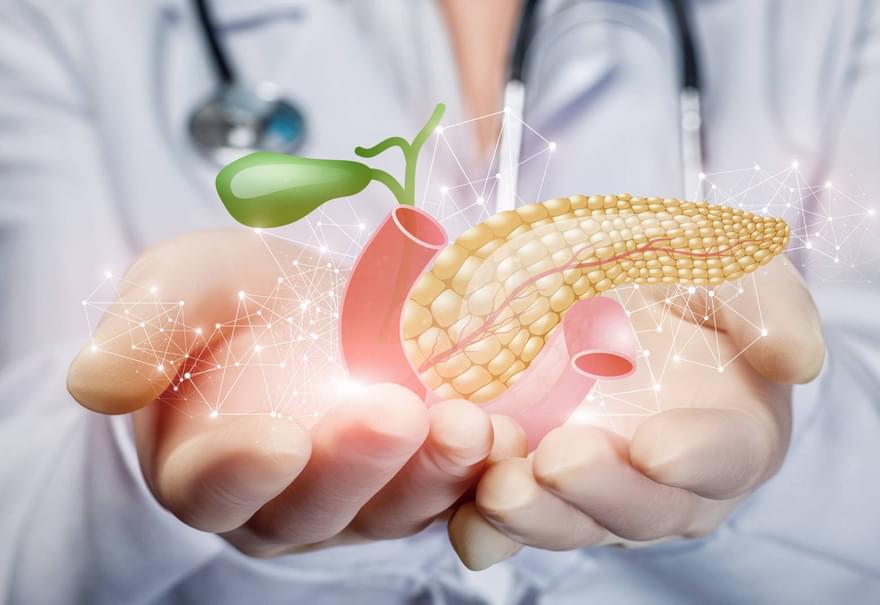
What is pancreatitis and how can it affect your dog? Read on to find out all you need to know about this disease.
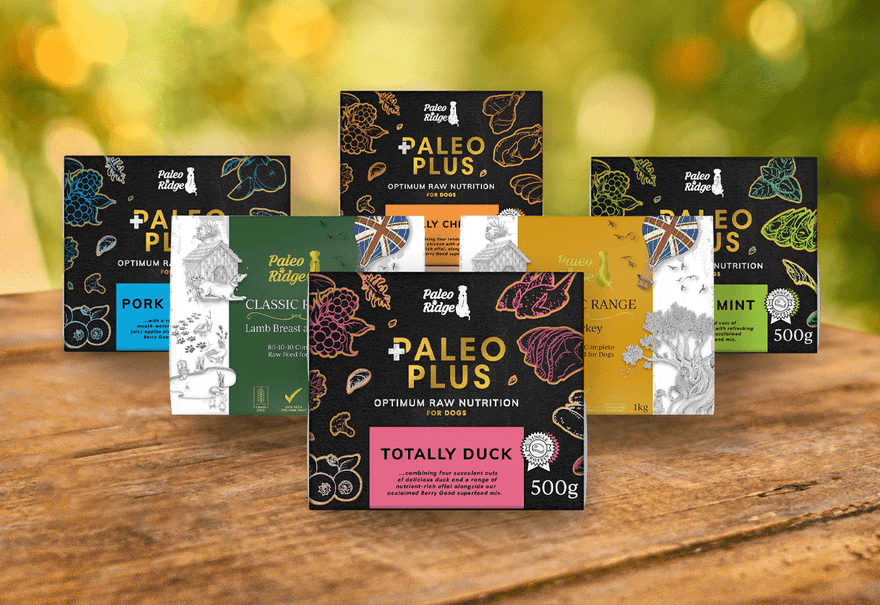
Single protein meals, what are they and what are their benefits?